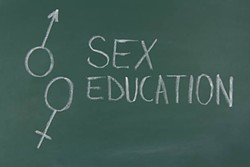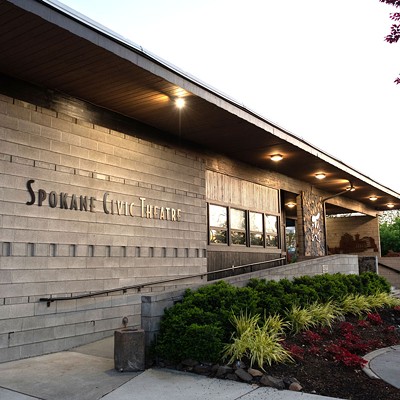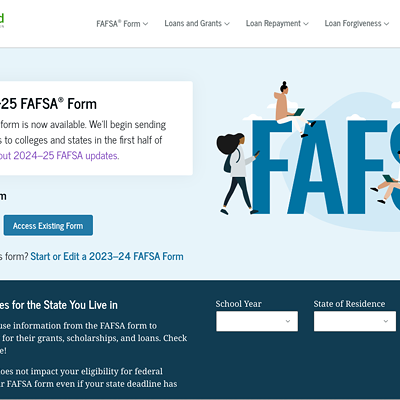It looks like schools in Washington won't be required by law teach comprehensive sexual health education after all. This week, a bill requested by state Superintendent Chris Reykdal to do exactly that died.
That means school districts will go back to what they're doing currently, and that can vary from school to school.
But how many school districts don't teach sex ed?
The Stranger, apparently citing the state Office of the Superintendent of Public Instruction, has repeatedly stated that 40 percent of school districts in the state "
OSPI conducts a voluntary survey every two years called the School Health Profiles Survey. As part of it, high school and middle schools can report whether they are teaching 20 different topics that, collectively, OSPI considers "comprehensive." (Consent is still not one of those 20 topics). About 60 percent of high schools are teaching all 20 topics. But that doesn't mean 40 percent aren't teaching any sex ed at all — it just means they aren't teaching everything, says Laurie Dils, the sexual health education program supervisor for OSPI.
"We don't have a clear idea of how many schools just aren't teaching anything," Dils says. "Partly because the schools that don't teach anything aren't answering the question, or aren't filling it out
She continued, "Most high schools in our state are teaching comprehensive sex ed."
What's more telling is which topics schools tend to leave out of their sex ed. Less than half of middle schools and about two-thirds of high schools surveyed taught sexual orientation, gender roles, gender identity or gender expression. All other topics were taught in more than 80 percent of high schools.
The bill that passed out of the state Senate before it died this week would have mandated that every public school meet teach comprehensive sex ed that is medically and scientifically accurate, age-appropriate and inclusive for all students. Schools would have had to include
School districts would have been able to choose from various curricula as long as it met OSPI standards. Spokane Public Schools is familiar with those standards — and the standards are flexible enough that Spokane was able to choose a curriculum that allowed the district to add on to it and be flexible to meet the needs of parents. (The district has previously said the bill in the state Legislature would have no impact on its sex ed overhaul.)
Local control, Dils notes, would have been maintained under the sex ed bill.
"We know not every district teaches health in the same way," Dils says. "We should be teaching kids about sexuality, and most schools are doing that to some extent."























